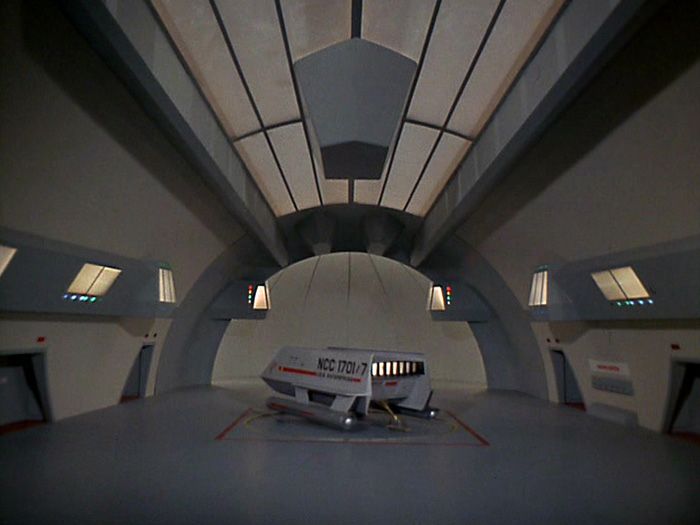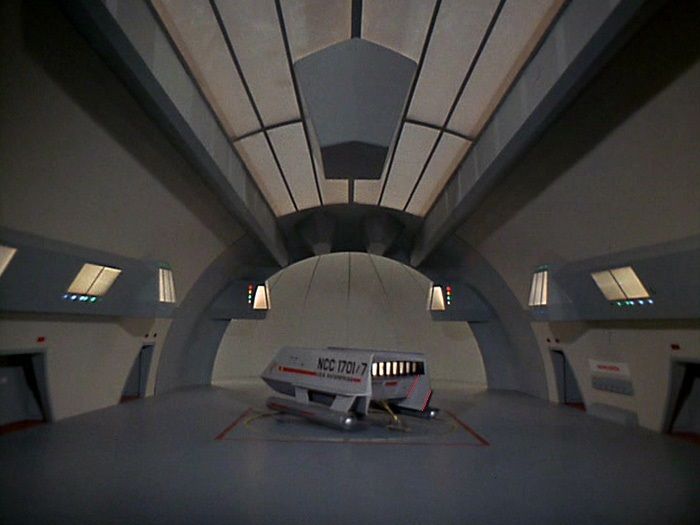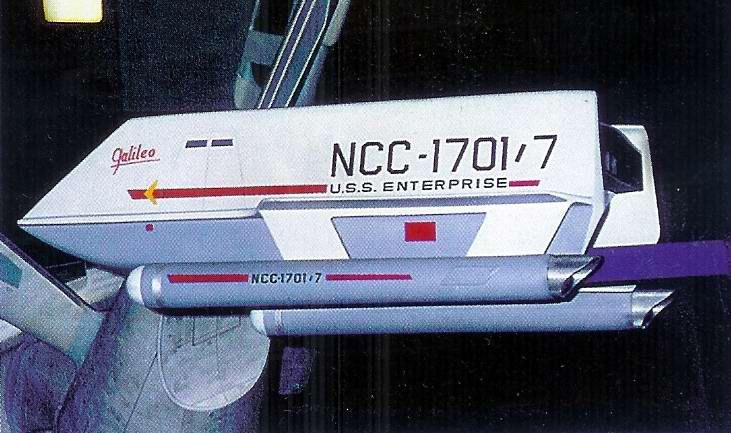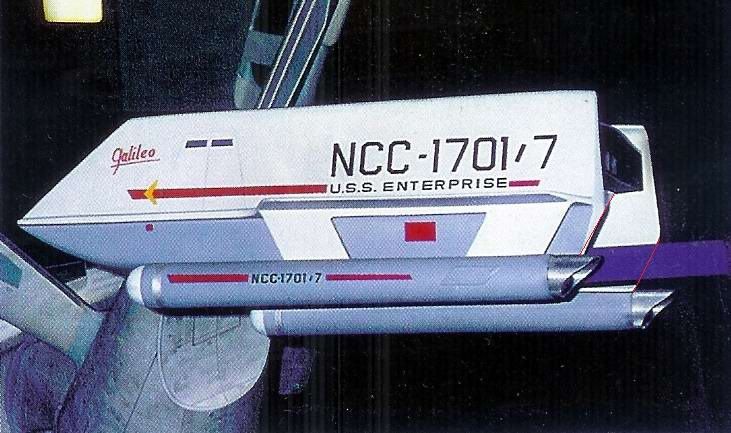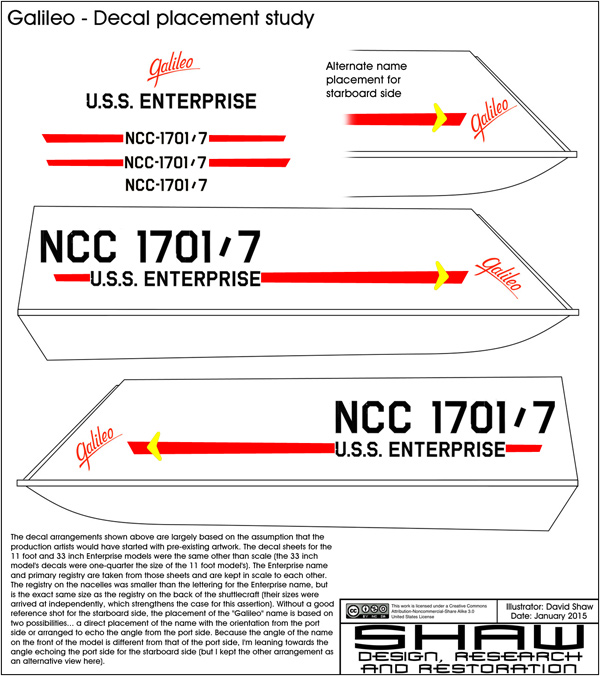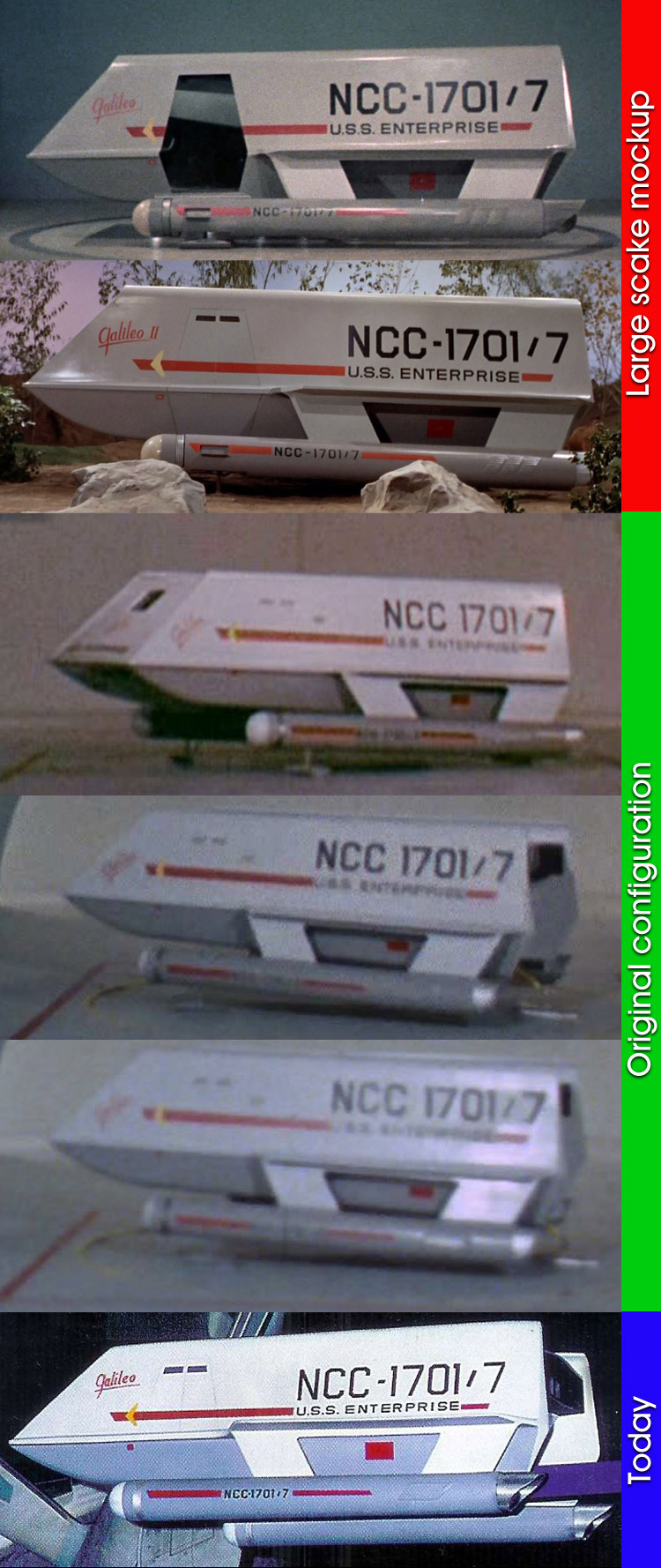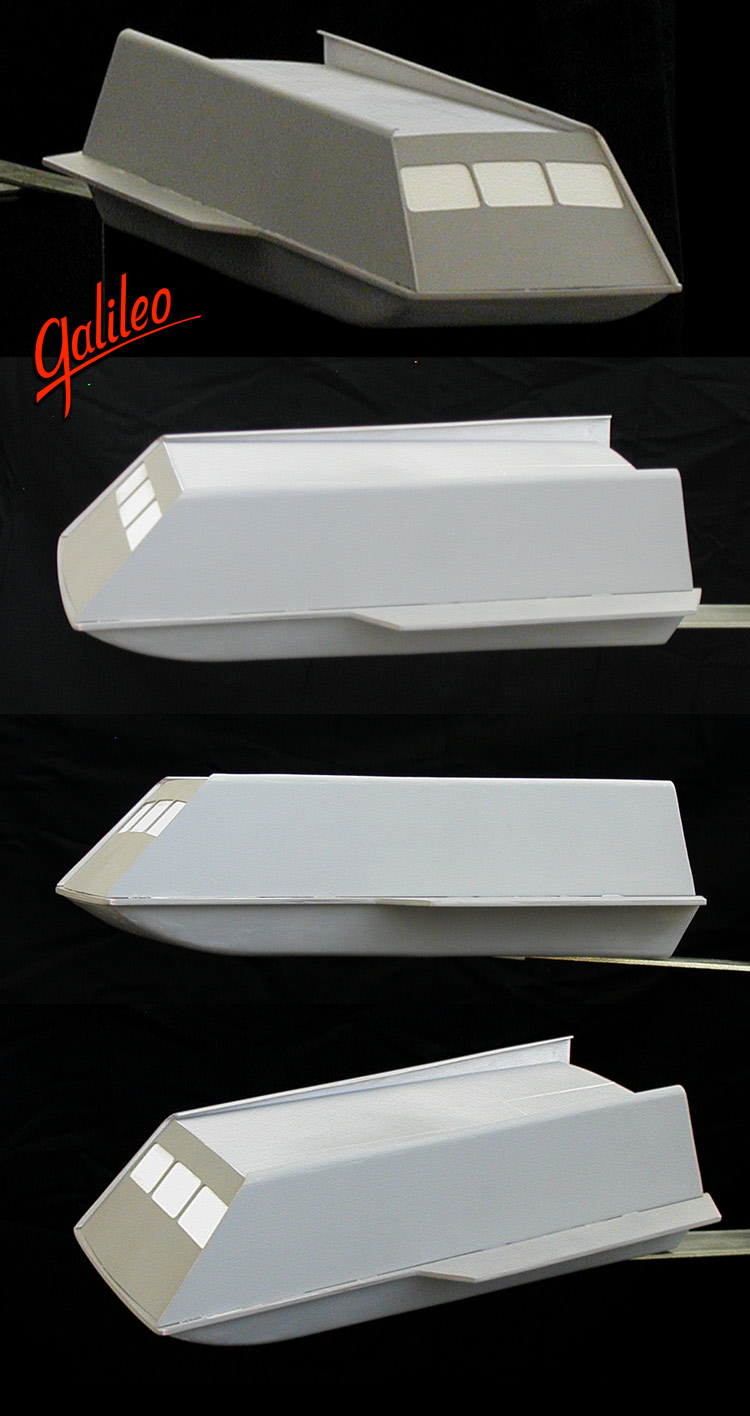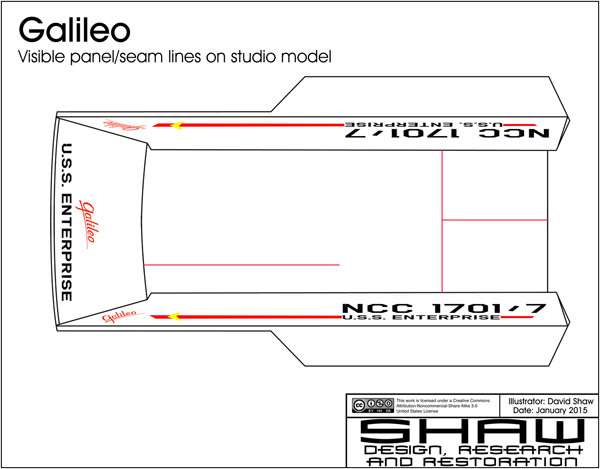asalaw
Master Member
Thanks!
Actually, I haven't measured the model in person. I have a number of key measurements (which I use as a gauge) and then reverse engineer everything else from those. The more photos I have to work with, the better my measurements get.
The basic technique is how I reverse engineered my plans for the 33 inch Enterprise. Once I had some key measurements (from the original plans for the model) I could start doing studies of existing photos. This is a very basic example of how I make use of geometry to reverse engineer information from photos...
[url]http://www.shawcomputing.net/racerx/trek_stuff/study_techniques-s.jpg
Click to enlarge[/URL]
I'll usually collect data from a photo, assign a weight to that data based on aspects of the photo, and then compare similar data from other photos to zero in on a best measurement.
With subjects like the 33 inch Enterprise and the shuttlecraft studio model, I have a relatively limited pool of images... but I have tons of images of the 11 foot model, and have reverse engineered a nice set of plans of that model (as an artifact, not as an idealized fictional starship) which I was using to build a one-sixth studio scale replica of the model as-a-model (replicating the details of the studio model's unfilmed side as it would have looked while being filmed during the second season of TOS).
I've spent a ton of money on math classes, I figure I should put some of that education to good use.
Anyways, I generally cross check my research with study models like this one to find errors or omissions in plans. Eventually I'll make these plans available for everyone. I know I like the more streamlined look of the Galileo studio model, so I figured I'd give it a try.
Plus I wanted to show I can build other things besides the Enterprise.
Holy Crapples! I hope you were actually adding up all that tuition as you went, if for no other reason than saving yourself from potentially embarrassing irony!
I've recently seen that same method being used by an industry VFX pro in the 5' Millennium Falcon thread (on my phone at work, so it's a pain to put in the link, I'll add it later). Guy named Andre, really knows his photogrammetry. You guys are smart!
I've been considering that approach myself with other props/models that there aren't any good plans for, but obviously with less critical precision needed, for various arcane technical reasons I'm sure you grasp intuitively (such as my being a lawyer, and thus nearly innumerate, cuz math + lawyer = ZZZZZZ).
I also really admire your making the plans freely available. I feel the same way, I've already put out one small graphic item, but I have lots more freebies in my bonnet, as it were. Good for you!!

